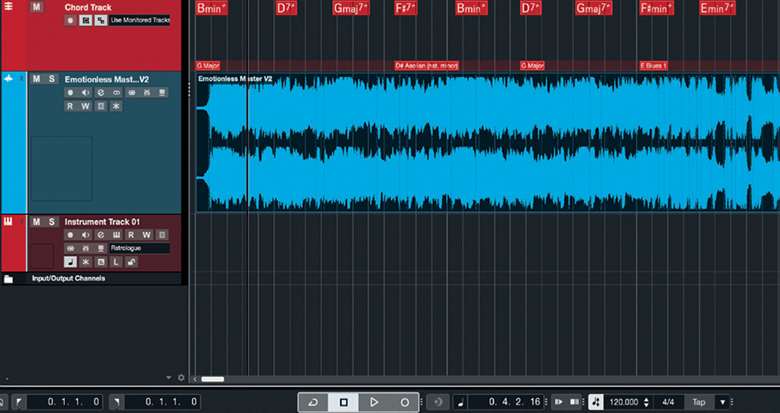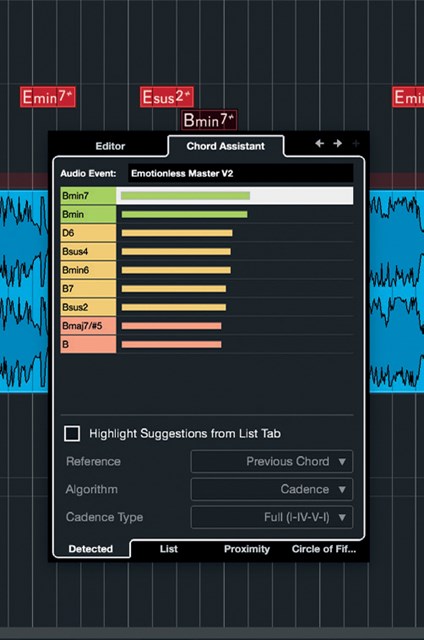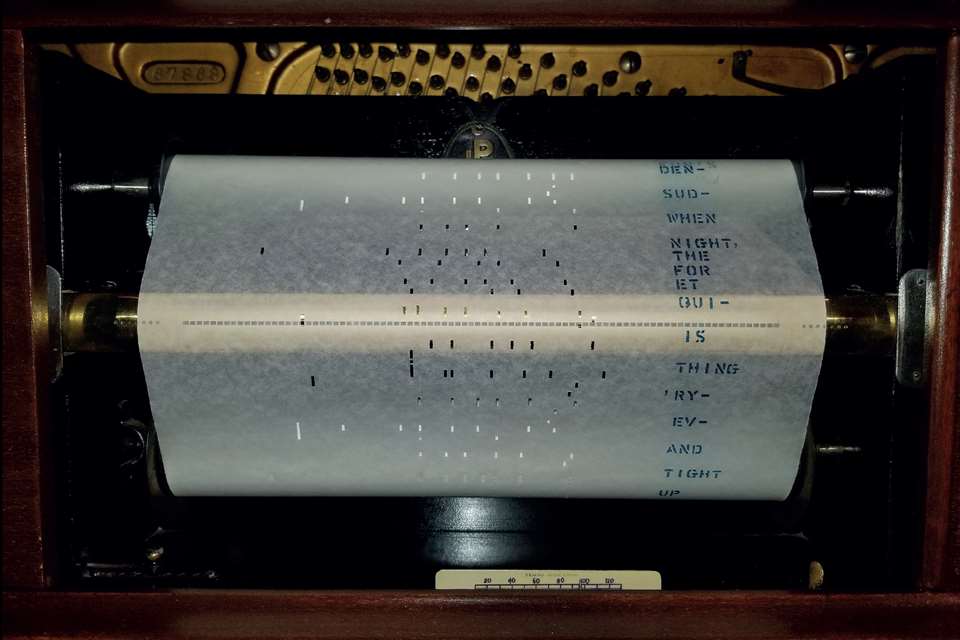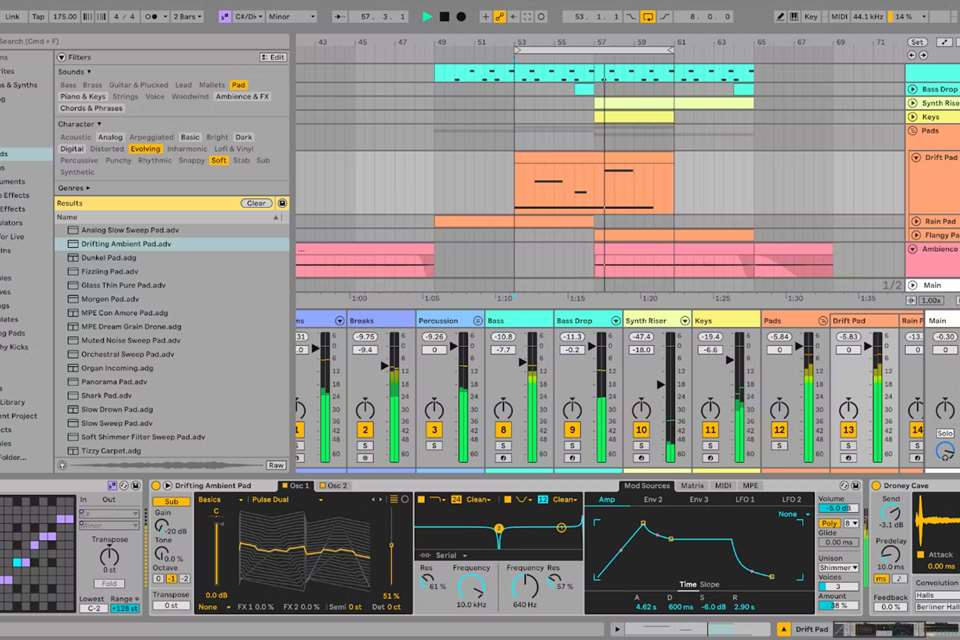Tech column: Audio to MIDI Chords in Cubase
Dom Sigalas
Monday, April 1, 2024
Dom Sigalas explores the potential of Cubase's Audio to MIDI Chords feature for song analysis and music creation.

Steinberg / Sigalas
In the ever-evolving landscape of music education, technological advancements play a pivotal role in shaping the learning experiences of students. Cubase, a trailblazer in digital audio workstations (DAWs), consistently leads the way by introducing innovative features tailored for budding musicians and producers. In this context, we'll explore the transformative capabilities of Cubase's groundbreaking Audio to MIDI Chords feature within the realm of music education, and its potential to reform how students engage with music theory and composition.
What is Audio to MIDI Chords?
Cubase's Audio to MIDI Chords feature empowers users to convert audio recordings into MIDI chord progressions effortlessly. Students can now drag their audio recordings onto the Chord Track, where the software intelligently analyses the audio and extracts the underlying chord information to generate MIDI chords. The best part of this is that the audio can be a full song, a recording of an orchestra, a piano recording that the students recorded themselves or anything in between. This feature not only saves time but also opens new creative possibilities for students, especially those in the early stages of learning music theory or grappling with manual chord transcription.
Chord Assistant and critical listening
Cubase caters to the educational context by offering the Chord Assistant, a tool that ensures the accuracy of detected chords by engaging students to use their critical listening skills for the chord analysis. If the initial chord detection seems amiss or if students wish to explore alternative harmonic options, the Chord Assistant becomes invaluable. It suggests the nearest chord alternatives based on the detected chords, providing students with a palette of harmonically coherent choices to enhance their compositions.
The Chord Assistant's functionality is rooted in its understanding of musical contexts. It considers the relationships between chords and offers alternatives that seamlessly fit within the selected key. This feature empowers students to experiment with different chord progressions, fostering a more interactive and exploratory approach to music composition within an educational setting.
Enhancing creativity and learning
Cubase's Audio to Chords feature, coupled with the Chord Assistant, proves to be a valuable asset for students looking to enhance their composition workflow. Students can get creative by detecting the chords of their favourite songs, analysing the chord progressions used, and incorporating them into their compositions. For instance, when creating a beat, students often find it challenging to develop chord progressions, and the Audio to Chords function provides an excellent starting point without resorting to loops or pre-recorded material.
 Alternative chords suggested by the Chord Assistant
Alternative chords suggested by the Chord Assistant
The speed at which audio recordings can be transformed into MIDI chord progressions creates opportunities for students to experiment, modify, and explore harmonic variations seamlessly. Integrating this technology into the educational workflow not only facilitates learning but also encourages students to express their creativity in a supportive and accessible manner.
And this marks just the beginning. Once the chords are detected, the Chord Track can play them back using any instrument inside Cubase, such as the Retrologue virtual analogue synthesizer, a piano from HALion Sonic 7, or even a full orchestra using the included Iconica Sketch in Cubase 13. This is a form of instant gratification for the students as they can start ‘orchestrating’ their favourite chord progressions or even alter them on-the-fly.
Exploring chords is pure joy!
Cubase's Audio to MIDI Chords feature, complemented by the Chord Assistant, represents a significant advancement in music education technology. By simplifying the process of converting audio to MIDI chord progressions, the software empowers students to explore new musical territories and unlock their creative potential. As technology continues to evolve, tools like these redefine the landscape of music education, making the journey from inspiration to realisation more intuitive and enjoyable for students pursuing their musical aspirations.
Reflecting on my own musical journey, from starting the piano at the age of five to getting my master's in Musicology, one of my fondest memories is attempting to figure out and analyse the chords of songs from my favourite artists. Needless to say, I wish I had Cubase's Audio to Chords as a tool back then.





